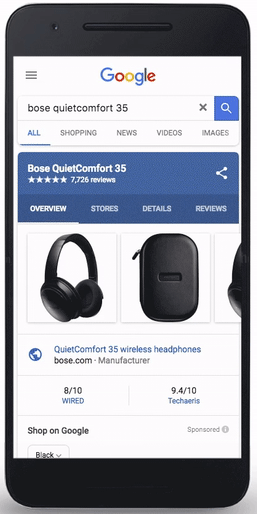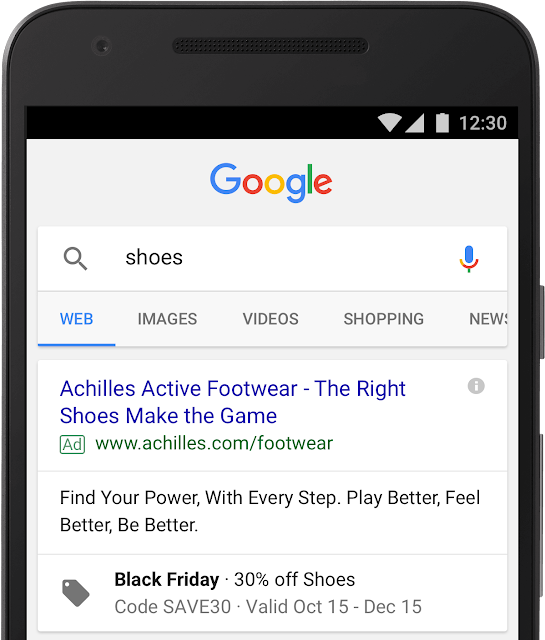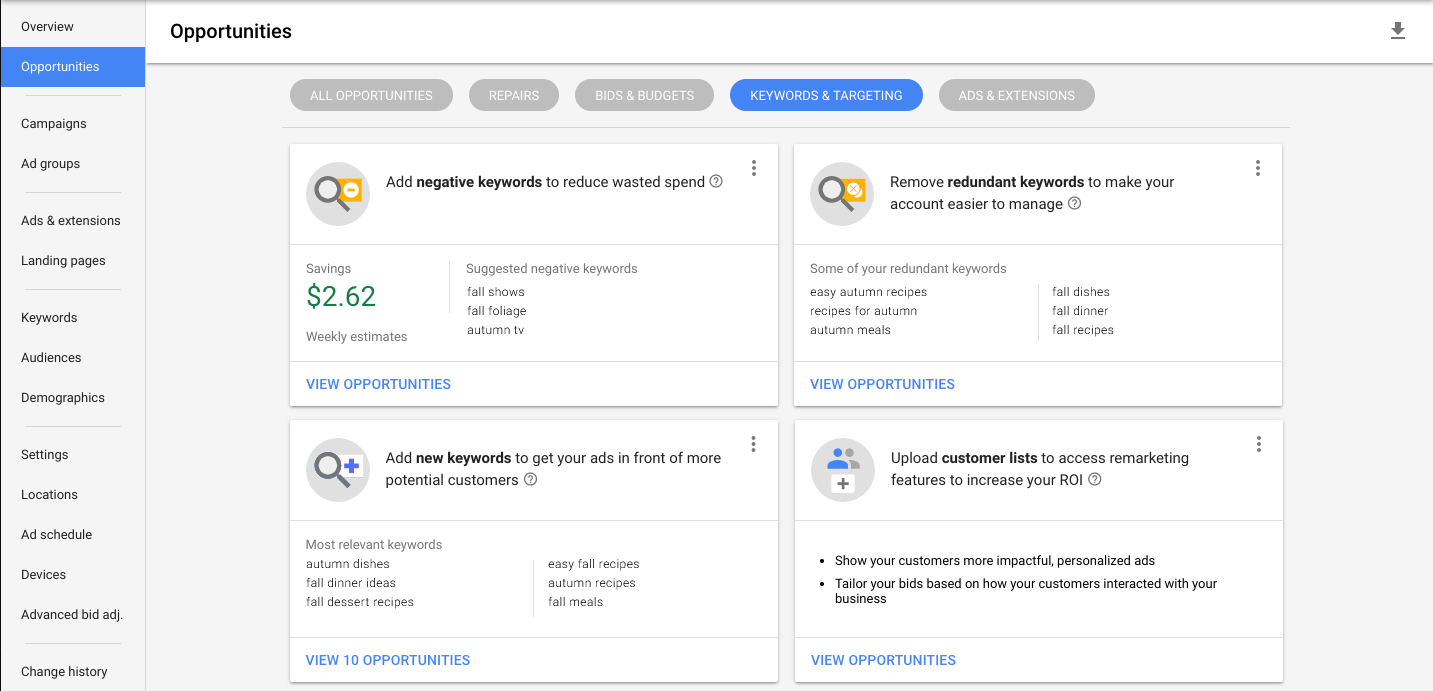In those spare moments between basting the turkey, assembling gingerbread houses, and planning your ugly-sweater party, you might find yourself reaching for your phone to research holiday gifts you still need to buy. You’re not alone: With information readily available at the swipe of a finger, holiday shoppers are
doing more research before buying than ever before. Indeed, mobile searches for “ideas” (i.e., “$25 gift ideas”) have increased by 55 percent over the past two years
1. And with new improvements to our knowledge panel on Google.com, we’ve made it even easier for shoppers to quickly find product photos, videos, reviews, descriptions and more.
Armed with mobile devices as their “anywhere” assistants, today’s holiday shoppers are more informed than ever. The result? Promotion-driven shopping events like Black Friday are no longer anchored on a single day. Consumers are now in the driver’s seat—researching to find the best deals of the season before, during, and after Black Friday, and hatching a game plan to determine what, where, and when to buy.
Researching around the clock
With retailers
sharing Black Friday deals earlier and earlier, shoppers have a bigger opportunity to make more informed decisions about their purchases. We're seeing these curious consumers leaning into holiday shopping research with increasing frequency, trading in time spent standing in line for time spent researching everything from door-busting deals to details around specific products.
For example, mobile searches containing “Black Friday” increased by 80% over the past two years (e.g., “when is black friday,” “lowes black friday,” “best black friday deals”)
2.
Beyond searching to find more information for Black Friday, people are also researching brands over the holidays. Earlier in November, we see generic, non-branded searches for Black Friday outpacing branded searches (e.g.,"black friday furniture sale" and "black friday makeup deals 2016"). Then, about 2.5 weeks before the four-day weekend, there is a switch to searches for Black Friday becoming mostly branded (e.g., "ashley furniture black friday" and "sephora black friday 2016") as shoppers narrow down their options and begin laser-focusing their research on the specific items they want to buy.
3And what items are they searching for? We’ve got a good idea. We looked at popular trending products going into Black Friday, and here’s what we saw
4:
Creating a game plan
Once shoppers have done their research, they’re shifting their focus to the best way to go about crossing off gifts on their lists—whether that’s in store or online. We see mobile searches for “where to buy” (e.g. “where to buy ugly christmas sweaters” and “where to buy gift boxes”) grew more than 85% over the past two years.
5For Thanksgiving weekend specifically, with large sales happening within a few days of each other, people want to determine the best time to shop. Among the top Black Friday searches, we’re seeing searches for “cyber monday vs black friday,” “which is better black friday or cyber monday,” and “is cyber monday as good as black friday.”
6Purchasing with purpose
Having done the research and determined what they’re getting and where they’re buying it, today’s empowered consumers are deciding exactly when and how they want to purchase. These factors help explain why Black Friday is becoming less important as an anchor in-store shopping holiday.
As proof—
and in line with industry reports—we see that foot traffic on Black Friday is declining. In fact, Black Fri-"day" is becoming a weeklong event. During the three-week period leading up to Black Friday, retailers are experiencing a larger percentage of store traffic the week before Black Friday
7.
Changes in the concentration of store traffic during the lead up to Black Friday
Source: Google Data, Aggregated, anonymized store traffic from a sample of U.S. users that have turned on Location History, Nov. 2014, 2015 and 2016, U.S. Compared the percentage of store traffic to clothing stores, department stores, electronics stores, toy stores and shopping malls during the three-week period leading up to Black Friday weekend: Nov. 10-30, 2014, Nov. 9-29, 2015, and Nov. 7-27, 2016.
But with all the scrutiny around store traffic on Black Friday, it’s worth noting that online conversions stay steady throughout November, spiking on both Black Friday and Cyber Monday. In fact, we see that the mobile transaction rate jumps 40% during the Thanksgiving weekend when compared with the rest of the year.
8 It’s a sign that mobile researchers are likely to become mobile buyers over the four-day holiday break.
3 tips to reach the empowered holiday shopper this year
Ready to reach shoppers on-the-go as we head into the holidays? Take advantage of these 3 solutions from Google to help you find your next customer, whether they’re searching for ideas, hatching a game plan, or ready to buy:
For more insights into the holidays and beyond, check out
Think With Google for the latest shopping trends.
Posted by Emily Eberhard, Head of Shopping Ads Marketing at Google
1. Google Data, US, Jan- Jun 2015 vs. Jan-Jun 2017
2. Google Data, US, October - December 2014 and 2016
3. Google Data, US, November 2016. Search examples are among the top 1000 searches
4. Google Shopping Insights, U.S., all devices, Nov. 1 2016 – Nov. 13, 2017.
5. Source: Google Data, U.S., Jan.-June 2015 vs. Jan.-June 2017.
6. Google Data, US, October - December 2016. Search examples are among the top 10,000 searches
7. Source: Google Data, Aggregated, anonymized store traffic from a sample of U.S. users that have turned on Location History, Nov. 2014, 2015 and 2016, U.S. Compared the percentage of store traffic to clothing stores, department stores, electronics stores, toy stores and shopping malls during the three-week period leading up to Black Friday weekend: Nov. 10-30, 2014, Nov. 9-29, 2015, and Nov. 7-27, 2016.
8. Google Analytics, US, January - December 2016. Based on data from Google Analytics accounts that have authorized Google to share website data in an aggregate way.























